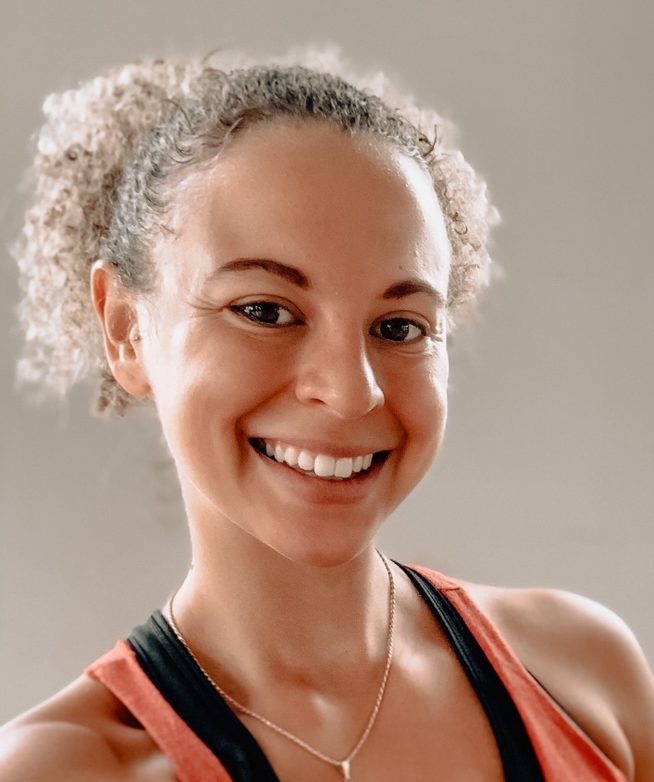The Problem With the Term “Core”
by Ashley Newton, PT, DPT
I hear it from clients, in the gym, in the coffee shop: “I just want to strengthen my core”. As of late, my PT brain has gotten so tired of this term.
Reason why: most folks have an idea of what the core is but it’s devolved over time. We saw the same thing happen to Kegels which have now been villainized on social media: it’s a game of telephone where the original message of what the core is has just become a vague idea of what we need to work on to stay fit and healthy. So I am spilling the tea, maybe throwing out a controversial opinion. But hey, I am a pelvic physical therapist, it’s in my character to be a disrupter and questioner in the movement for social justice. So let’s get into it.
When we hear “core”, our mind goes to flat stomachs, six-pack abs, and being able to hold a plank for longer than is comfortable. But the core is so so SO much more than that. The core is everything but our limbs. It is the rotator cuff musculature, the deep muscles of the head and the neck that stabilize our skull, the pelvic floor, respiratory muscles, and the deep abdominal and low back muscles. That’s a lot of stuff packed into this term “the core”. It can be overwhelming to think about all these muscles and how we can optimize their function. But truly, it all comes back to a well-balanced exercise practice.
In the realm of yoga, I see it all the time, folks will hold that chaturanga, desperate to hold it for as long as possible to get a “strong core”. But meanwhile, their lower neck is extending and their hips are dropping. Their abdominals and traps are trying to hold on for dear life because the muscles of the trunk can’t exert enough force to stabilize us. The result: we get more prone to neck pain, abdominal separation, and low back pain.
So what do you do?? Be on the lookout for compensations in your practice and tune into your body. Do you feel the muscles under your underarms working to support you? Are you gripping your jaw and holding your breath? This is the mindfulness part of yoga – connecting to the body and breath so as to be aware of your body’s movements and where it may need more support. So from me to you, give yourself a break and stop obsessing over a “strong core”. You are strong, and frankly bad***. Make sure you aren’t neglecting parts of your body because they are hard to work on. It’s those things that are going to build your body’s resilience and keep your trunk stable and strong.











